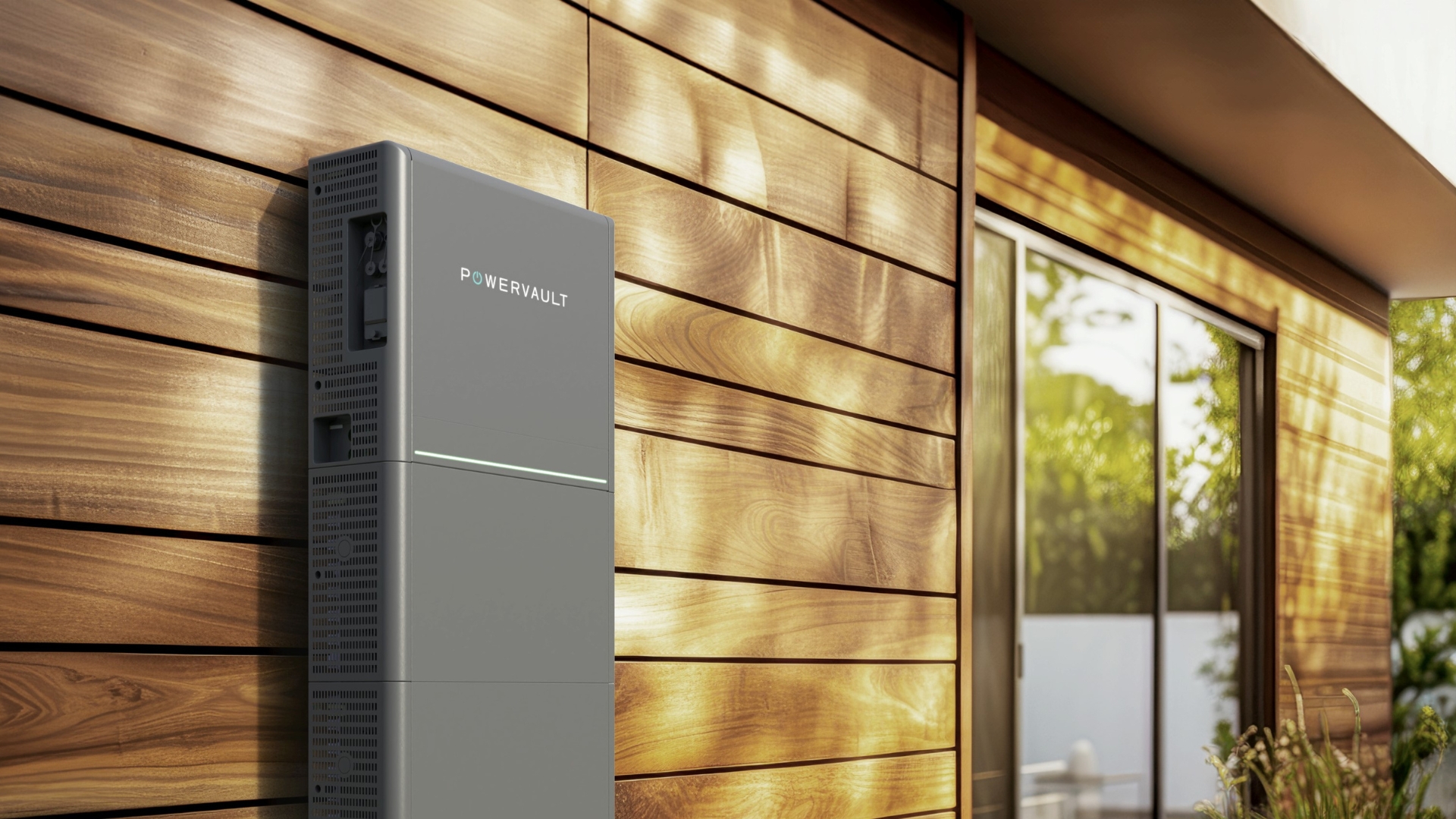
Explore the Powervault range
Future-proof your home with our modular integrated battery systems
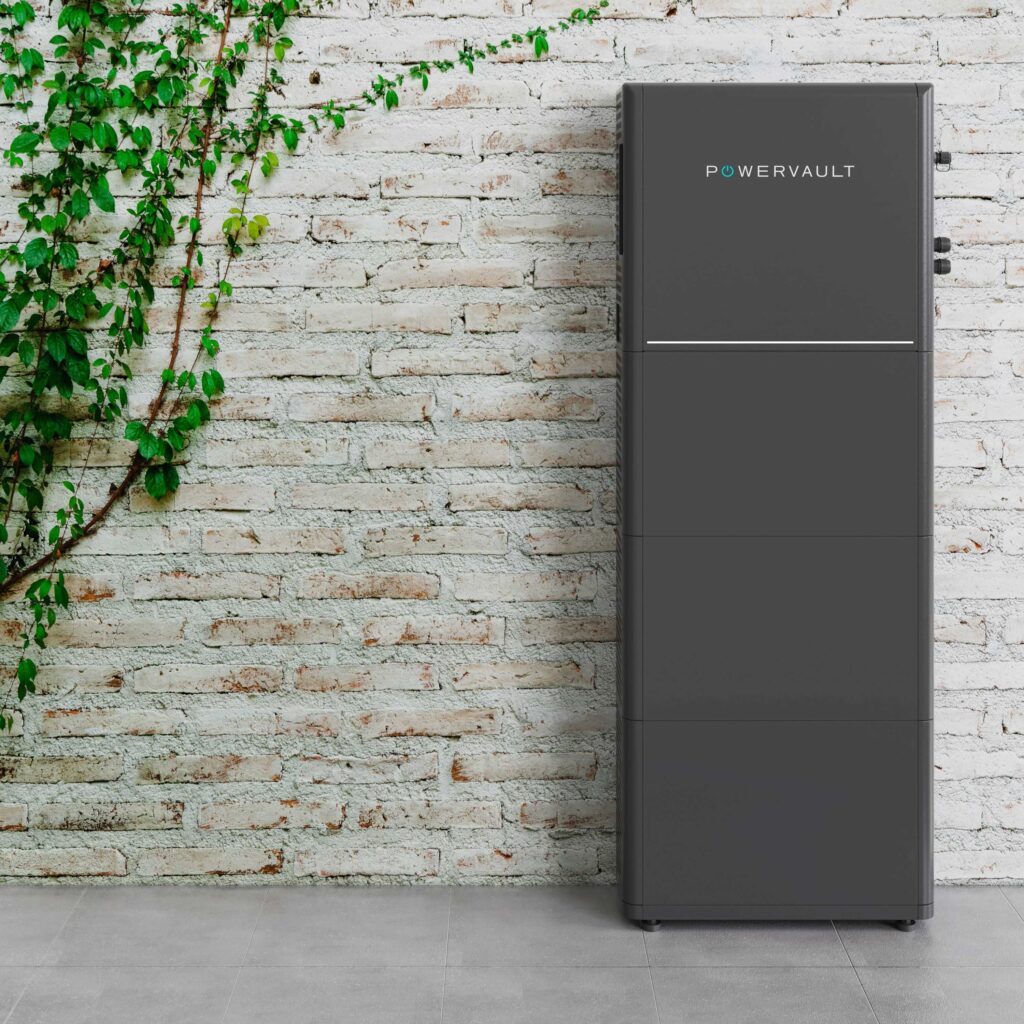
NEW Powervault P5 Solar Energy Storage System
The P5 solar battery is an all-in-one, slim and compact energy storage system that can be tailored to meet your specific energy needs. As it is modular, you can start small then add more capacity if your energy needs change, confident that your home and system are future-proofed.
The system is fully-integrated with both the inverter and battery in one unit. Can be installed inside or out, and comes with a 10-year warranty as standard.
All users get access to the Powervault Portal to track their energy usage, and can take advantage of our AI-optimisation software SMARTSTOR™to manage their battery’s scheduling and increase their energy savings.
Comes as an AC or DC-connected system that is fully upgradeable up to 20kWh per unit. It can also be used in three phase systems for even larger energy capacity.
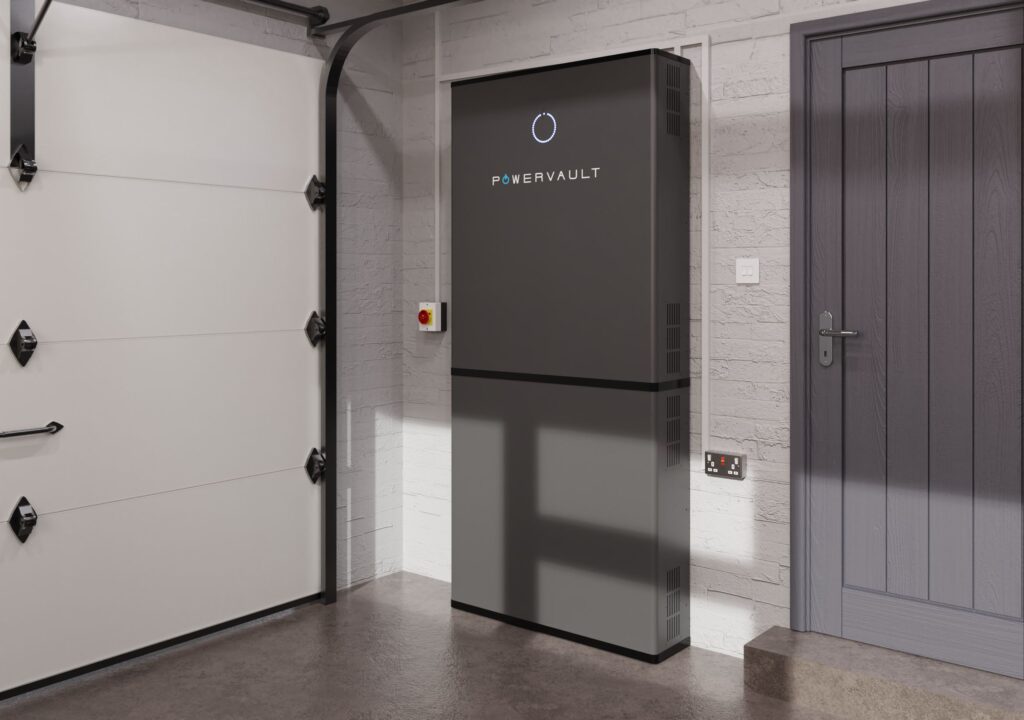
Powervault P4 Energy Storage System
For our customers with higher energy demand, whether at home or in a commercial setting, the Powervault P4 solar storage battery is able to provide the large capacity and throughput that’s needed.
Powervault
For your home
Find out how adding Powervault solar storage to your home can transform your energy use.
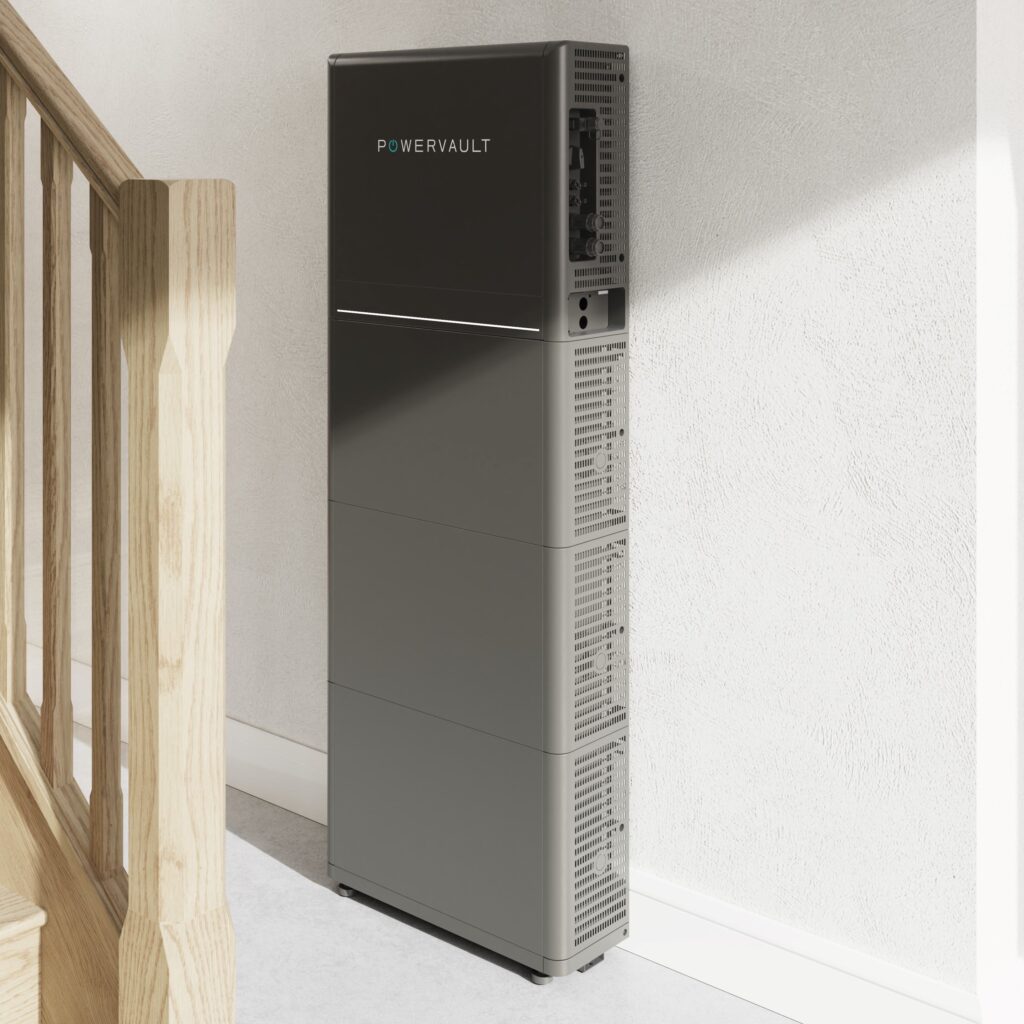
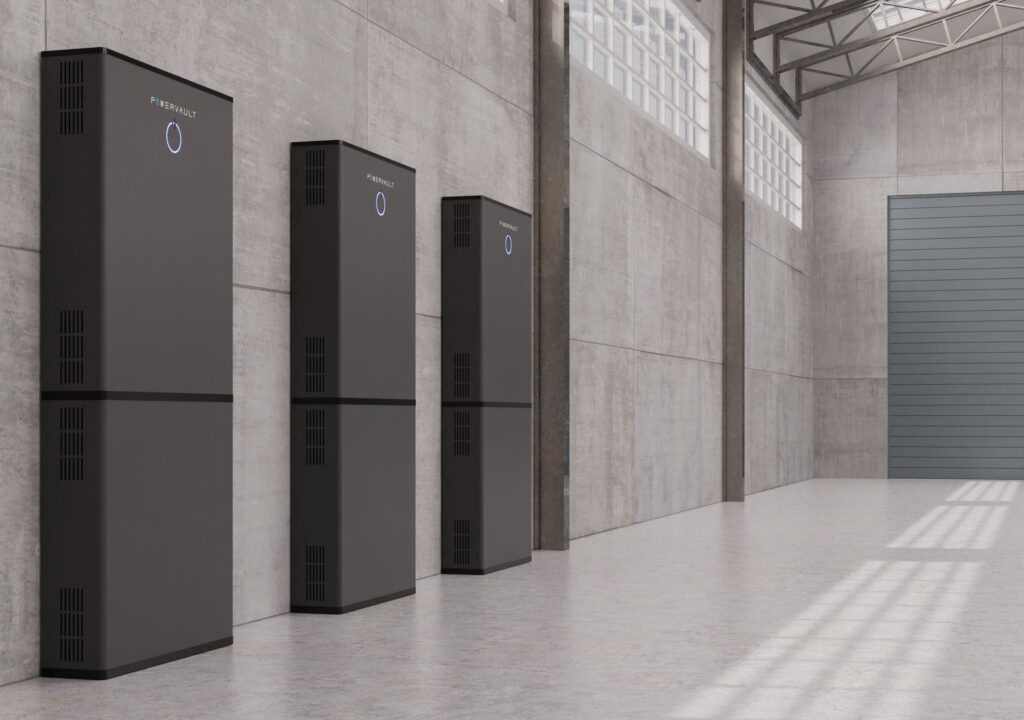
Powervault
For your Business
Find out how adding Powervault solar storage to your business can transform your energy use.
Powervault newsletterEnergy insight
in your inbox
Subscribe to Powervault’s email newsletter and be the first to hear about new products, plus get all the latest news, analysis and insight from Powervault.

Energy insight in your inbox
Subscribe to Powervault’s email newsletter and be the first to hear about new products, plus get all the latest news, analysis and insight from Powervault.